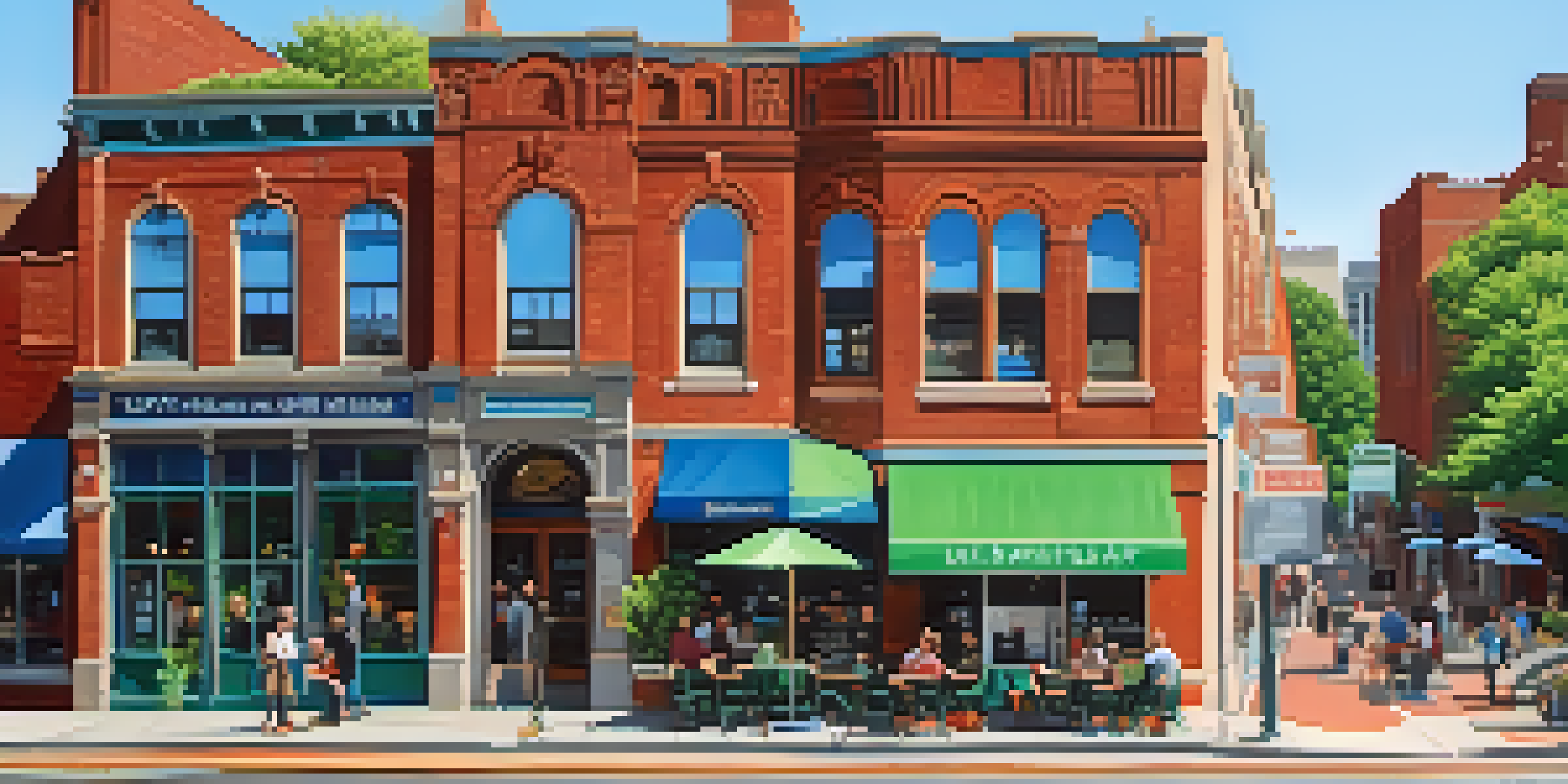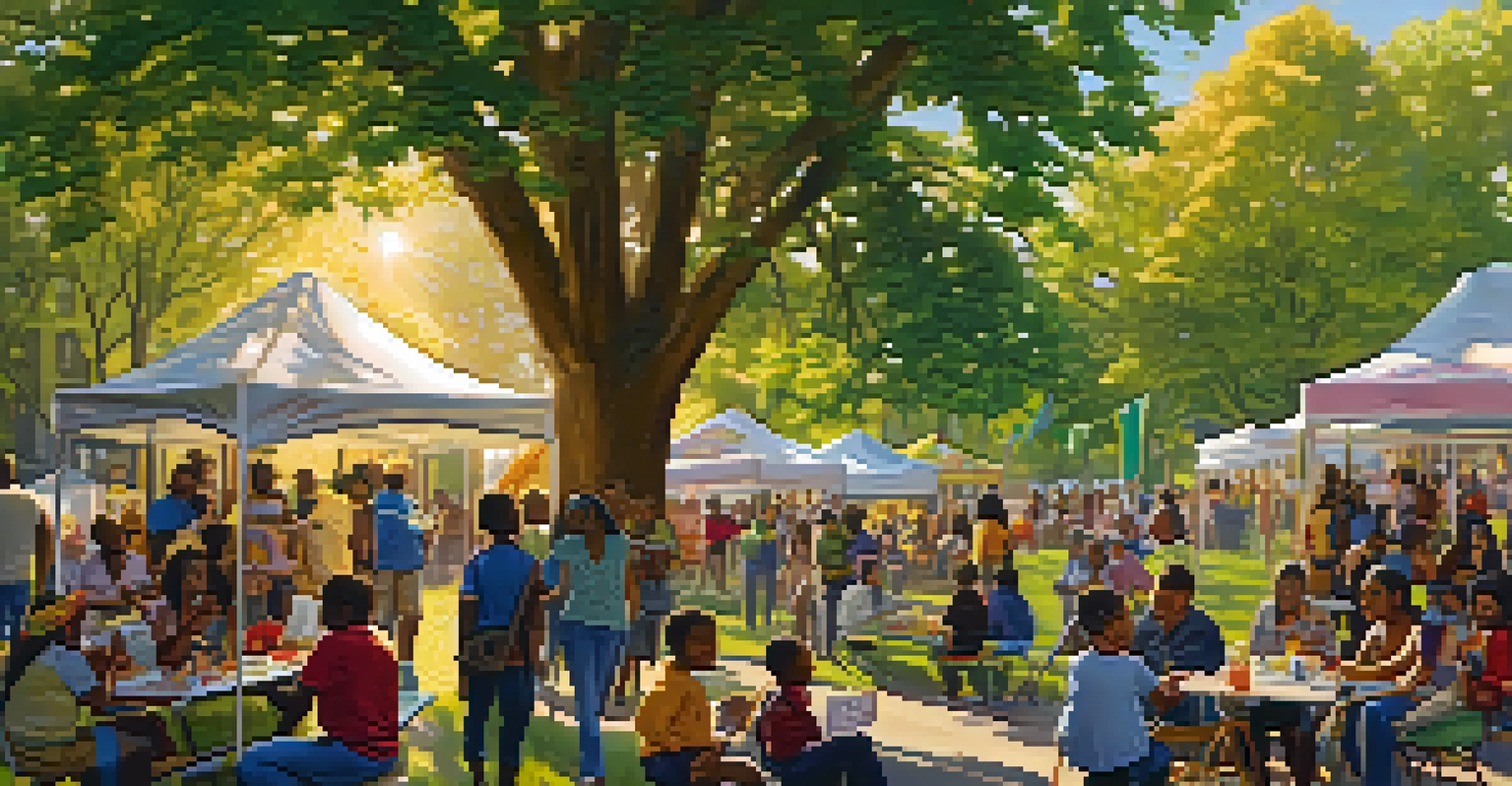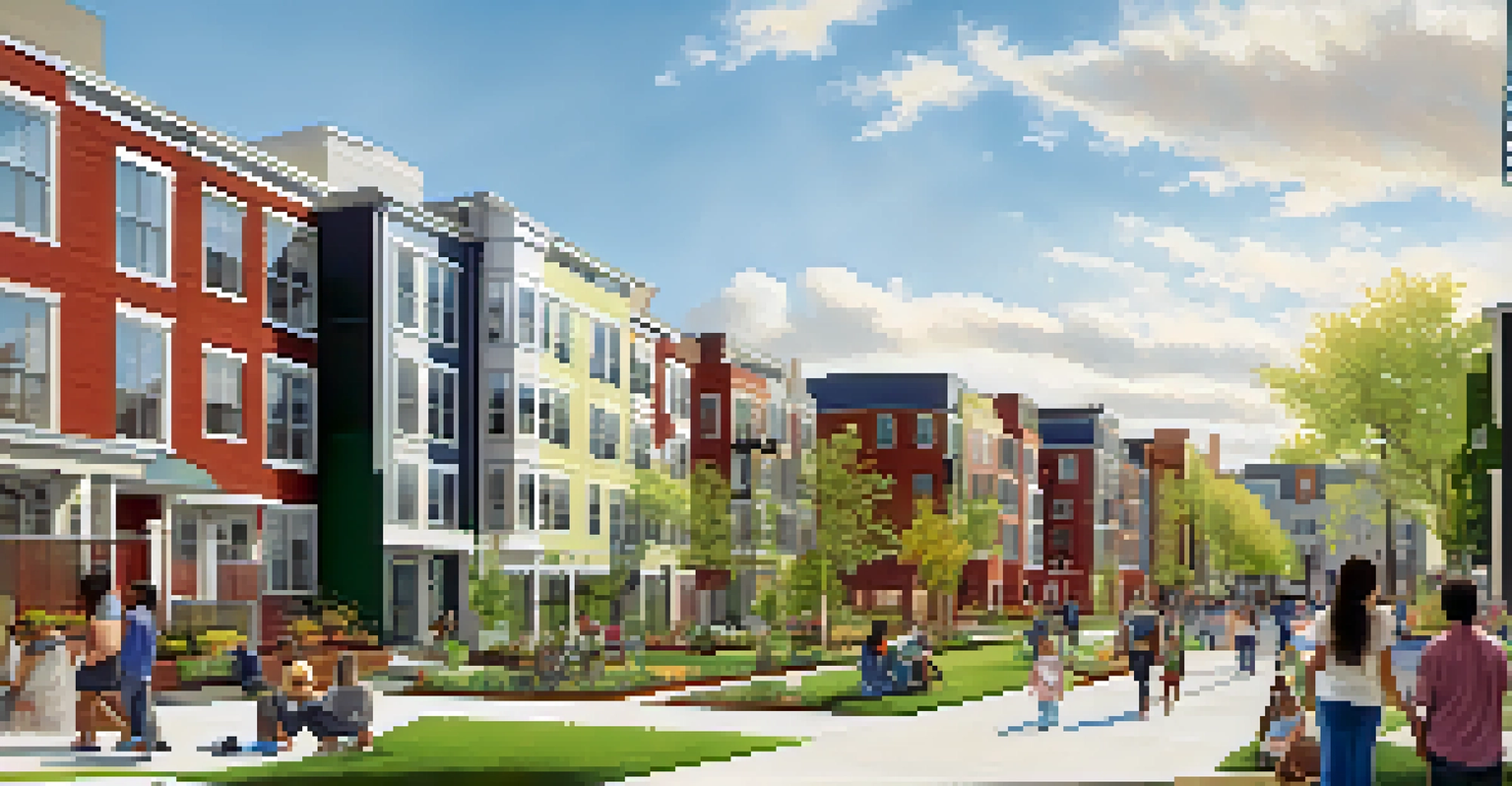Community Voices: Impact of Gentrification in Newark

What is Gentrification and Its Signs in Newark?
Gentrification is a complex process involving the transformation of neighborhoods through an influx of wealthier residents, often leading to rising rents and property values. In Newark, this phenomenon is visible through new developments, trendy cafes, and upscale housing projects replacing older, more affordable options. While revitalization can bring benefits, it can also displace long-time residents who can no longer afford to live in their own neighborhoods.
Gentrification is not just about the new people moving in; it's about the people who have been there all along and how they are impacted by the changes around them.
The signs of gentrification in Newark are all around us. You might notice newly renovated buildings, increased foot traffic in once-quiet areas, and the arrival of businesses catering to a more affluent clientele. These changes can create a vibrant atmosphere, but for many existing residents, they signal the beginning of an uncertain future as their community evolves.
Understanding gentrification requires recognizing both sides of the coin. On one hand, it can lead to improved infrastructure and services; on the other, it can erase the cultural fabric and history of a neighborhood. This duality makes it crucial to listen to community voices as we explore its impact.
Voices from the Community: Mixed Reactions
The community's response to gentrification in Newark is as diverse as its residents. Some embrace the changes, seeing them as an opportunity for economic growth and improved living conditions. Others, however, voice concerns about rising rents and the potential loss of cultural identity, feeling that the new developments cater primarily to outsiders rather than the existing community.

Personal stories from residents reveal the emotional weight of gentrification. For example, long-time residents may reminisce about their neighborhoods, sharing memories of local shops and community gatherings that are starting to vanish. These anecdotes highlight the deep connection people have to their homes, which can be threatened by rapid changes.
Gentrification Alters Newark's Landscape
Newark is experiencing significant changes as wealthier residents move in, leading to rising property values and the displacement of long-time residents.
Listening to these voices is vital in understanding the real impact of gentrification. It helps us appreciate the nuances of the situation and the needs of diverse community members, paving the way for more inclusive solutions that respect both progress and tradition.
Economic Impacts: Opportunities and Challenges
Gentrification often brings new economic opportunities, such as job creation and increased business activity in previously underserved areas. In Newark, the arrival of new businesses can provide residents with access to better services and potentially more employment options. However, this economic growth doesn't always benefit everyone equally, as rising costs can push local residents out of the market.
Communities are not just a collection of people; they are woven together by history, culture, and a shared sense of belonging.
While some individuals may thrive amid new economic prospects, others struggle to keep up with the increasing cost of living. Families who have been in Newark for generations may find themselves unable to afford basic necessities due to rising rents and property taxes. This disparity can create tension within the community, highlighting the need for policies that support existing residents.
Creating a balanced economic environment requires intentional planning and investment in affordable housing. By prioritizing the needs of long-time residents while still encouraging business growth, Newark can strive for a more equitable approach to its evolving landscape.
Cultural Shifts: Preserving Newark's Identity
As gentrification unfolds, the cultural identity of Newark is at risk of changing dramatically. The arrival of new residents often brings different lifestyles, preferences, and cultural norms that can overshadow the rich heritage of the community. This cultural shift raises questions about who gets to define the identity of Newark and what aspects of its history might be lost in the process.
Community events, festivals, and local traditions play a crucial role in maintaining Newark's unique identity. However, as neighborhoods change, these cherished customs may struggle to survive. It’s essential for city planners and developers to engage with community members to ensure that cultural initiatives are valued and preserved amid new developments.
Community Voices Shape Development
Engaging local residents in discussions about development is crucial to ensure that their needs and cultural identity are preserved amid gentrification.
Ultimately, preserving Newark's identity during gentrification requires collaboration between new and existing residents. By fostering a sense of shared ownership and respect for the community's history, Newark can become a place where everyone feels welcome, regardless of their background.
Policy Responses: Balancing Growth and Preservation
In response to the challenges posed by gentrification, policymakers in Newark are exploring various strategies to balance growth with the preservation of community needs. This includes implementing affordable housing initiatives, rent control measures, and community engagement programs to ensure that all voices are heard in the development process. Effective policy can help to mitigate the negative effects of gentrification while fostering a thriving community.
One promising approach involves creating incentives for developers to include affordable housing in their projects. By encouraging mixed-income developments, Newark can promote diversity and inclusivity, allowing long-time residents to remain in their neighborhoods. Policymakers must also prioritize community input to ensure that developments reflect the needs and desires of those who have called Newark home for years.
Ultimately, the success of these policies hinges on collaboration between the city, developers, and community members. By working together, Newark can create a framework that embraces growth while protecting the interests of its residents.
Community Engagement: The Key to Sustainable Change
Active community engagement is essential in navigating the complexities of gentrification in Newark. By involving residents in discussions about development and policy decisions, the city can foster a sense of ownership and accountability among its citizens. This approach not only empowers those living in affected areas but also ensures that their voices shape the future of their neighborhoods.
Engagement can take many forms, from town hall meetings to community workshops. These platforms allow residents to express their concerns, share their visions for the future, and collaborate on solutions. When people feel heard and included, they are more likely to support positive change that benefits everyone.
Balancing Growth and Affordability
Policymakers are exploring strategies like affordable housing initiatives to balance economic growth with the preservation of existing communities.
Moreover, successful community engagement can lead to innovative ideas and initiatives that address the unique needs of Newark's diverse population. By harnessing the collective wisdom of its residents, Newark can forge a path toward sustainable change that honors its rich history while embracing the future.
Looking Ahead: A Hopeful Future for Newark
As Newark navigates the challenges and opportunities presented by gentrification, there is a glimmer of hope for a future where growth and preservation coexist harmoniously. By prioritizing community voices and fostering collaboration between residents, policymakers, and developers, Newark can become a model for other cities grappling with similar issues. The key lies in recognizing the value of the community's history while embracing innovative solutions.
With ongoing dialogue and engagement, there's potential for Newark to become a place where all residents can thrive, regardless of their socioeconomic background. This vision involves not only creating affordable housing but also ensuring that cultural and community spaces are preserved and celebrated. A commitment to inclusivity can help Newark retain its unique character amid change.

In conclusion, while gentrification presents challenges, it also offers an opportunity for growth and renewal. By working together, the community can shape a future that honors its past while welcoming new possibilities, creating a vibrant and diverse Newark for generations to come.